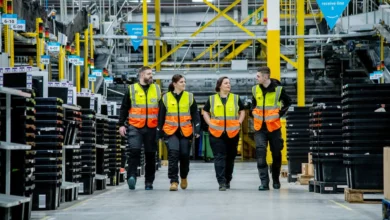Payments: the key to personalisation in retail

Retailers are cost-cutting, trialling customer policies and experimenting with tech such as smart mirrors in the aim of securing their future. Cutting through the noise and getting through to customers is critical, but also easier said than done.





